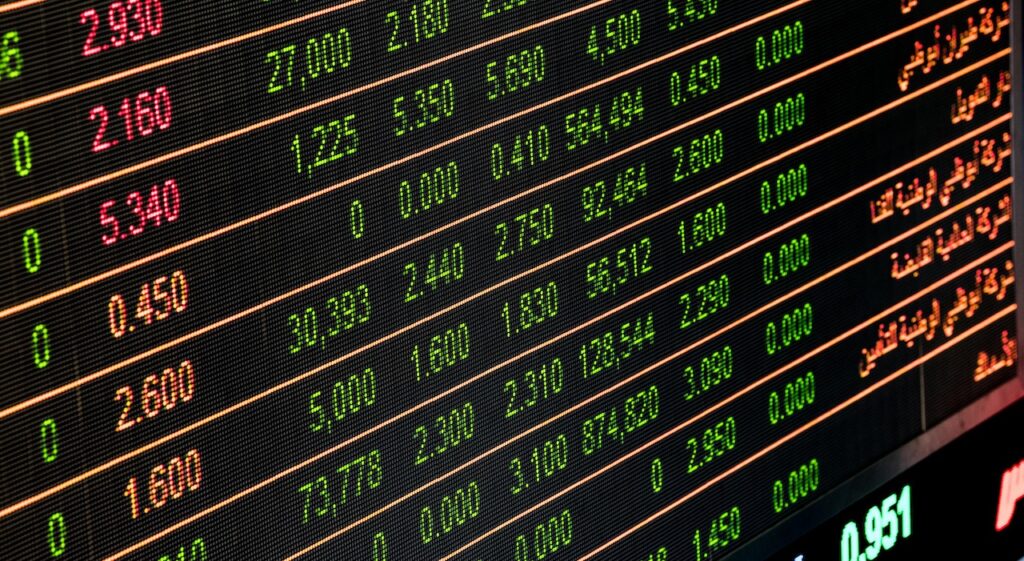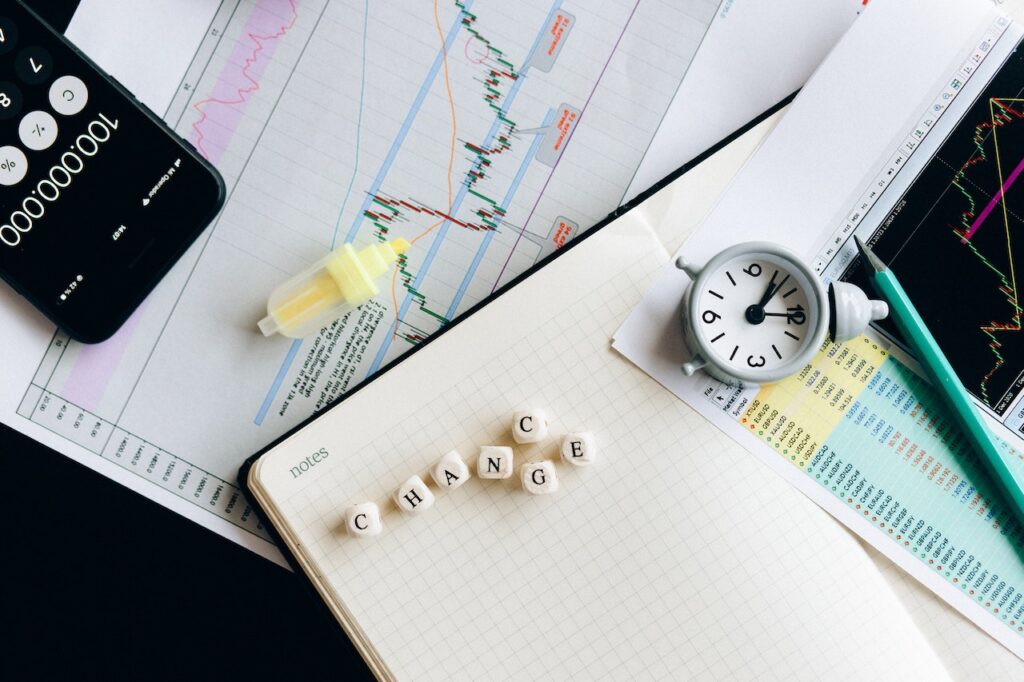Forex trading can seem tricky, but the 5 3 1 rule makes it simpler. This rule helps traders manage their trades wisely. Let’s break it down.
What is the 5 3 1 Rule?
The 5 3 1 rule is all about risk management in Forex. It tells you how much money to risk on each trade, helping you stay safe while trying to make profits. The numbers stand for:
- 5% – The maximum amount of your total trading capital that you should risk on a single trade.
- 3 – The number of trades you should have open at any time.
- 1 – The maximum drawdown you should have for your trade before closing it.
So, if you have $1,000, you shouldn’t risk more than $50 on one trade. If you follow this rule, you can handle losses better and keep your trading account healthy.
Why is the 5 3 1 Rule Important?
Risk management is key in Forex. Many traders lose money simply because they don’t manage their risks correctly. The 5 3 1 rule helps prevent big losses. Think of it like wearing a seatbelt while driving. Just because you’re a good driver doesn’t mean you shouldn’t buckle up!
Protecting Your Capital
When trading, protecting your capital is crucial. If you lose a big chunk of your funds, it can be hard to recover. The 5 3 1 rule keeps each loss small, making it easier to bounce back. Every trader wants to avoid the pitfall of blowing their accounts. By sticking to this rule, you’re more likely to survive the ups and downs of trading.
Keeping Emotions in Check
Trading can make you emotional. You might feel overconfident after a win or anxious after a loss. The 5 3 1 rule takes the guesswork out of trading decisions. It gives you a clear plan to follow, helping you keep a level head. When emotions run high, a solid plan can be your best friend.
How to Apply the 5 3 1 Rule
Here’s a quick guide on how to use the 5 3 1 rule in your trading practice.
Step One: Determine Your Capital
Know how much money you have to trade with. For example, if your trading capital is $1,000, stick to the risk limit of 5%.
Step Two: Set Your Risk Per Trade
Now, calculate your risk per trade. If your total capital is $1,000, then you can risk $50 on each trade (which is 5% of $1,000).
Step Three: Keep Track of Open Trades
Limit yourself to three open trades at a time. This helps keep your risk manageable. If one trade starts losing, you still have two more that could potentially win.
Step Four: Decide on Drawdown Limits
Set a drawdown limit for your trades. If a trade loses more than you’ve set—say 1% of your capital—it’s time to close it. This is your safety net.
Conclusion
The 5 3 1 rule in Forex trading is straightforward yet powerful. It focuses on protecting your capital and keeping emotions in check. By following this rule, you’ll find that trading can be less stressful and more fulfilling. Take control of your trades and steer clear of unnecessary risks. With the 5 3 1 rule, you’re setting yourself up for a stronger future in the Forex market!









Facebook Comments